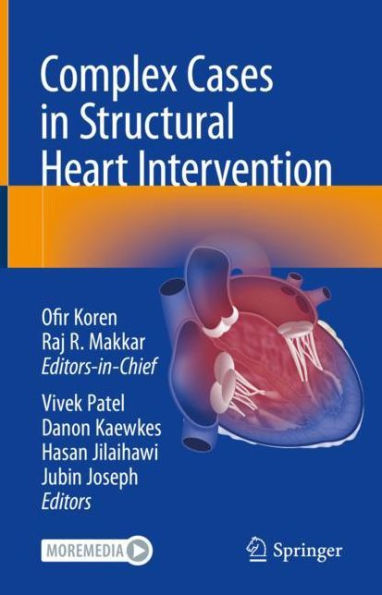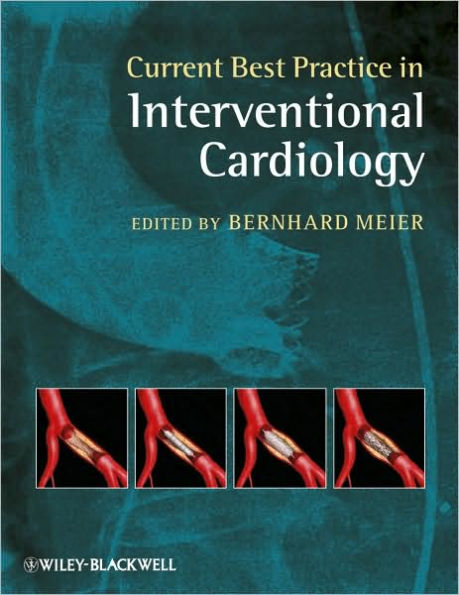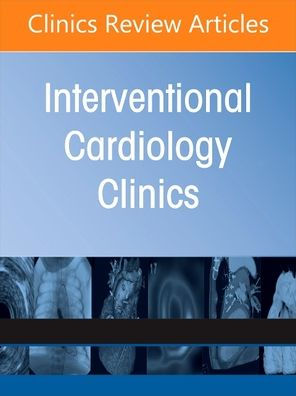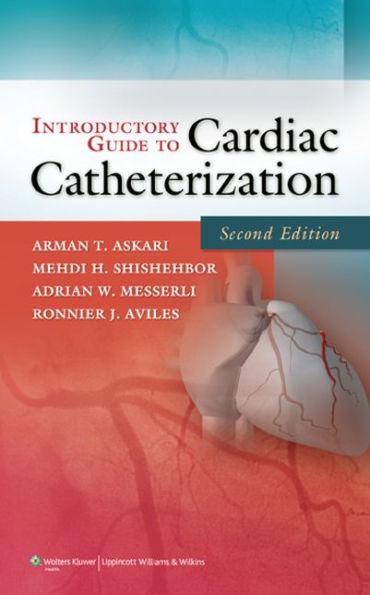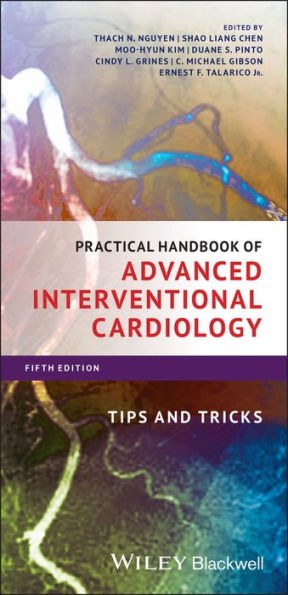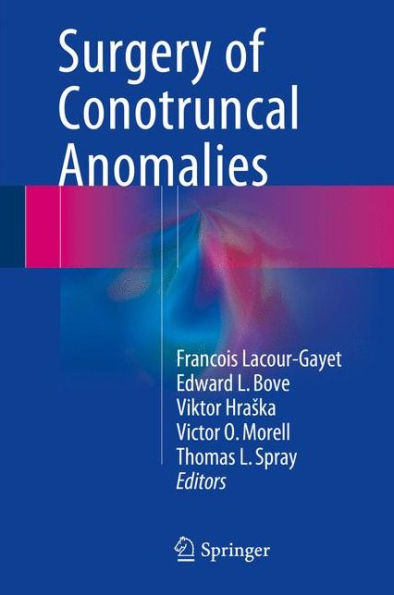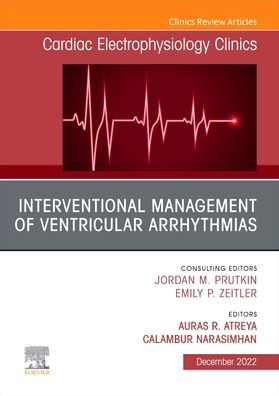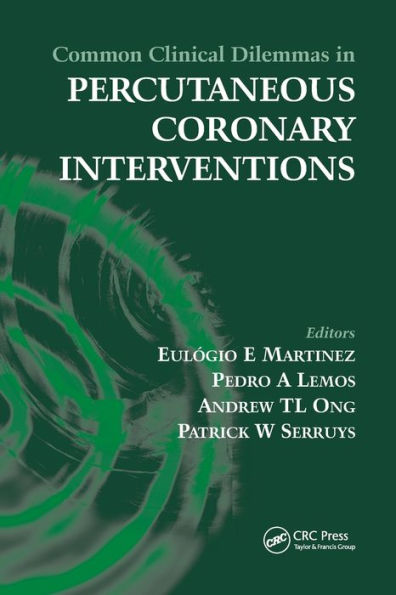Home
Diagnostic and Interventional Catheterization in Congenital Heart Disease
Barnes and Noble
Diagnostic and Interventional Catheterization in Congenital Heart Disease
Current price: $109.99


Barnes and Noble
Diagnostic and Interventional Catheterization in Congenital Heart Disease
Current price: $109.99
Size: OS
Loading Inventory...
*Product information may vary - to confirm product availability, pricing, shipping and return information please contact Barnes and Noble
During the third quarter of this century, cardiac radiologists (among them W. Rashkind, L. catheterization of the infant, child, or adult with Bargeron, K. Amplatz, C. Mullins, R. White, P. congenital cardiac disease was performed to Lurie, Z. Lababidi, and J. Kan) are responsible establish a general diagnosis and an overall for this revolution. assessment of prognosis. Precision was required The purpose of this book is to consolidate this only for those patients who might be candidates new information, and to place it in the context for surgery; even then the accuracy required by of classical cardiac catheterization techniques, our surgical colleagues was, for the most part, tools, and data. It is not intended to be a com- unassuming. This unambitious role was virtual- plete textbook on all aspects of catheterization: ly abolished, in the last decade, by the introduc- much of the basic information on hemodynamic tion of sophisticated two dimensional echocar- measurements, electrophysiology, and roent- diography and Doppler ultrasonography. When genologic imaging are thoroughly covered else- ultrasound data were combined with the classi- where. Rather, it is intended to provide practical cal clinical tools of auscultation, electrocardiolo- guidelines to both the novice and experienced gy, and chest radiology, it became obvious that cardiologist, and to indicate to noncardiologists an accurate general assessment of cardiac anat- what can be expected from the catheterization omy, physiology, and prognosis could be made laboratory. We have tried, whenever possible, noninvasively in nearly all patients.
